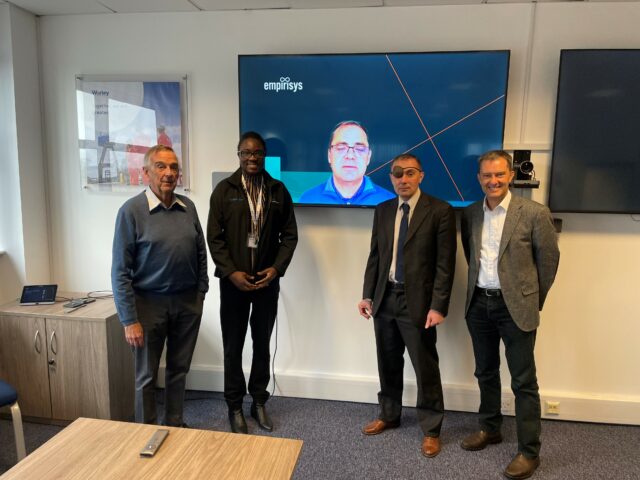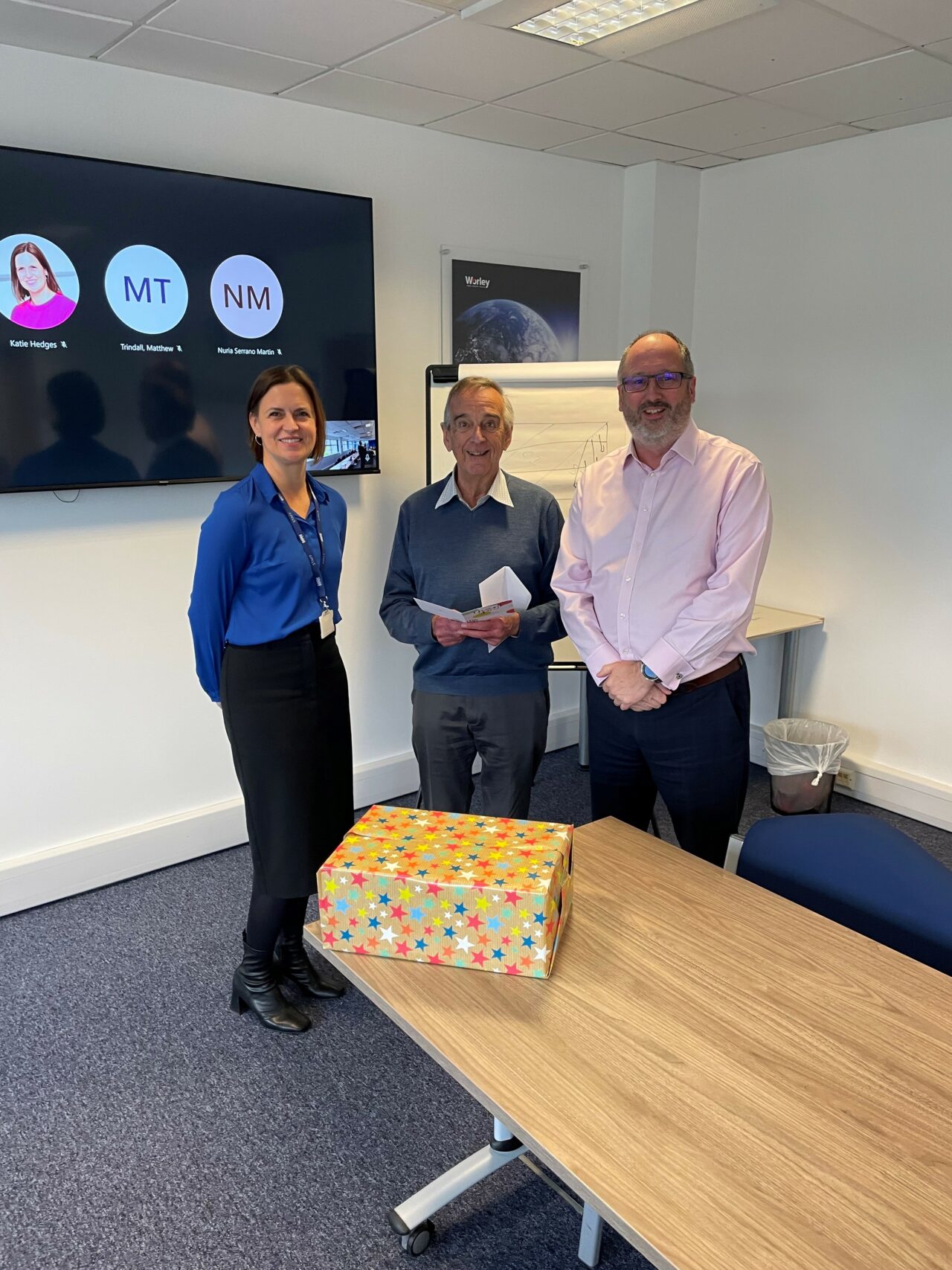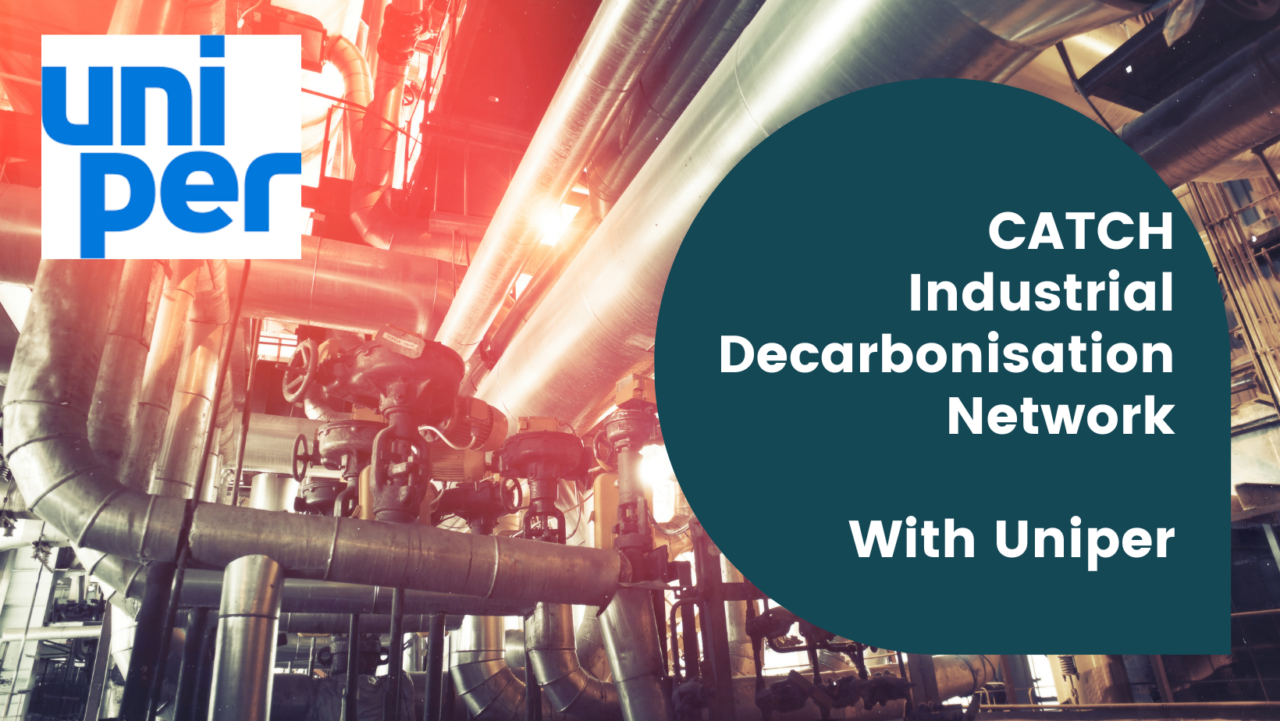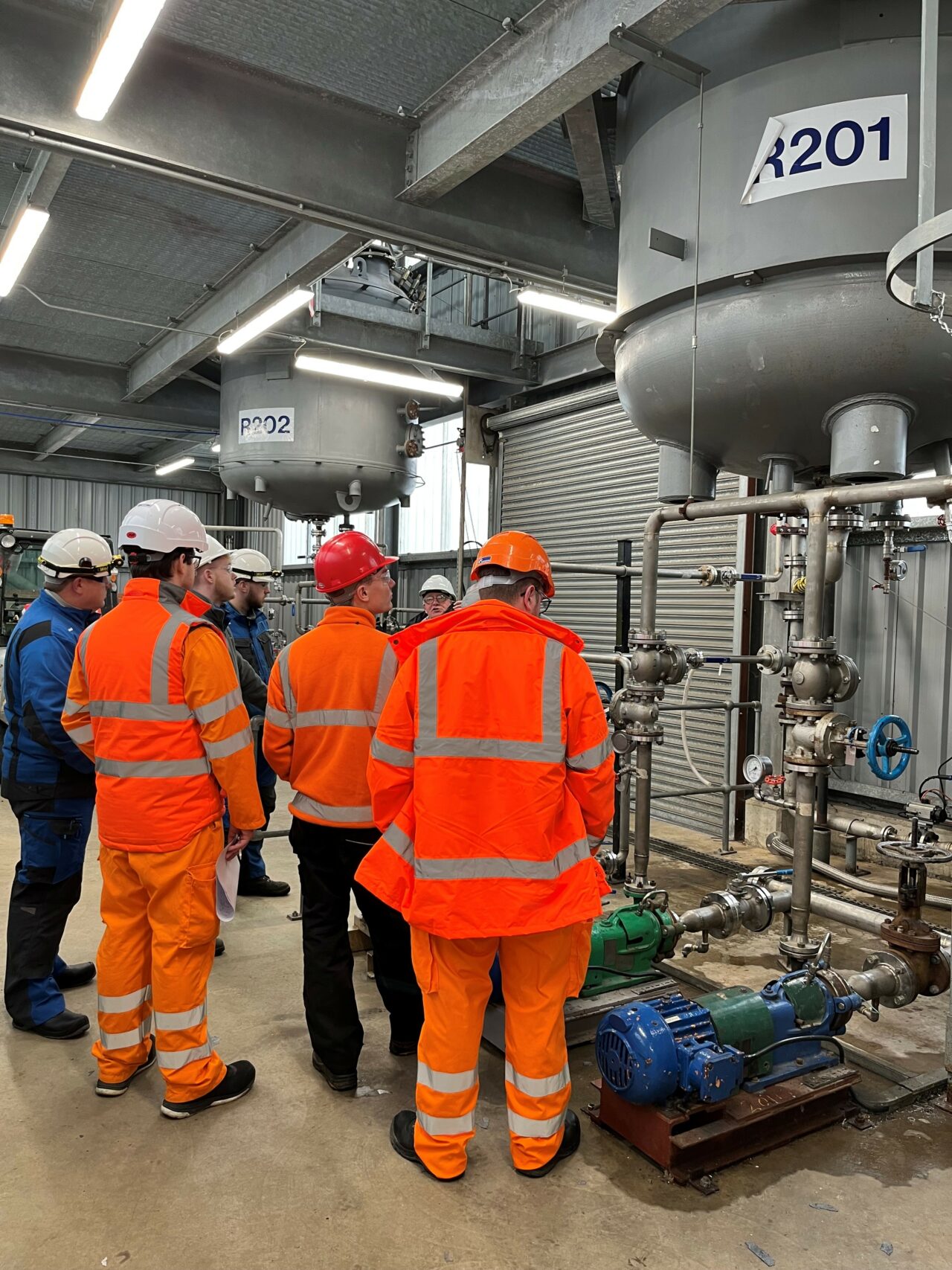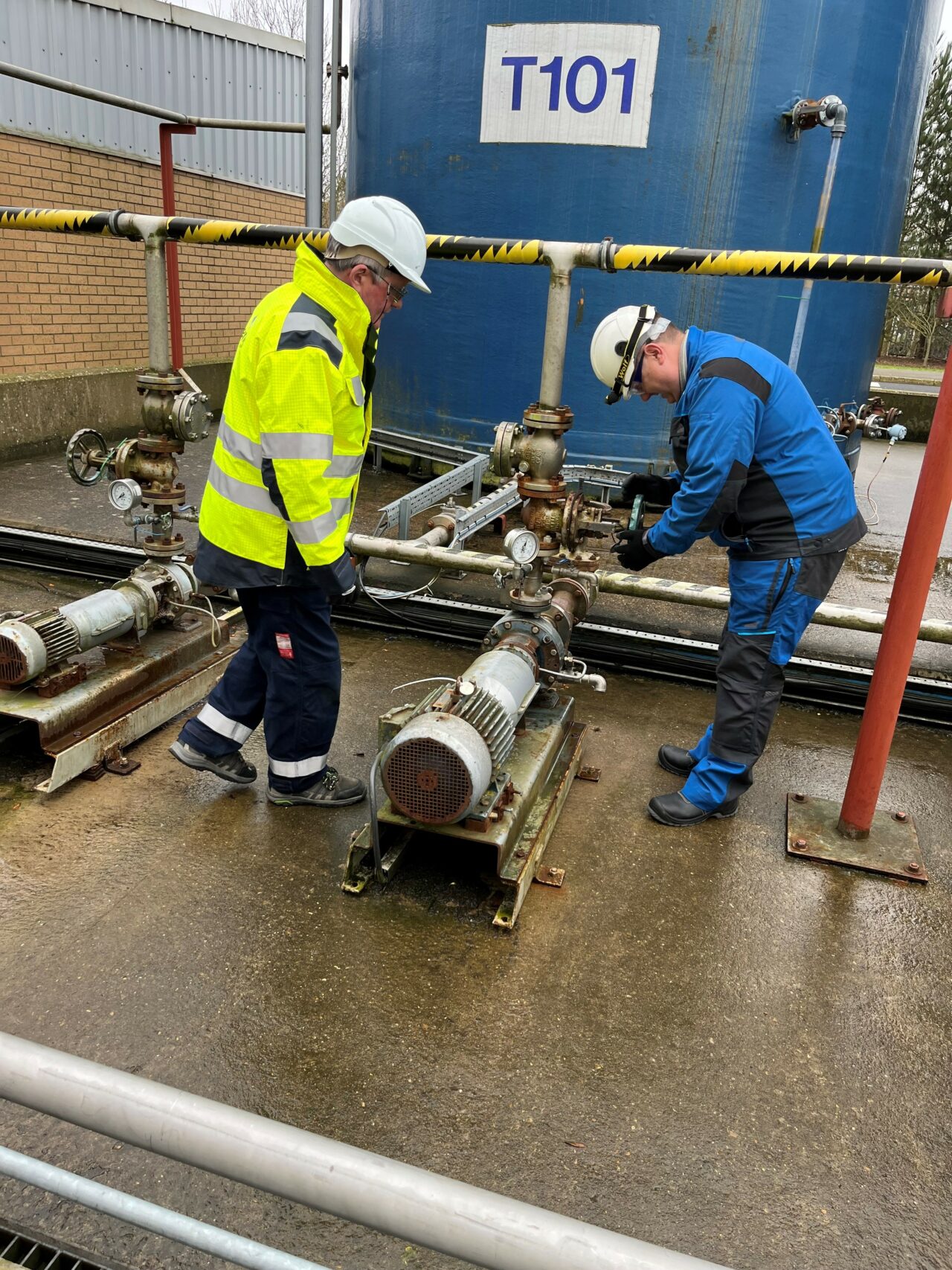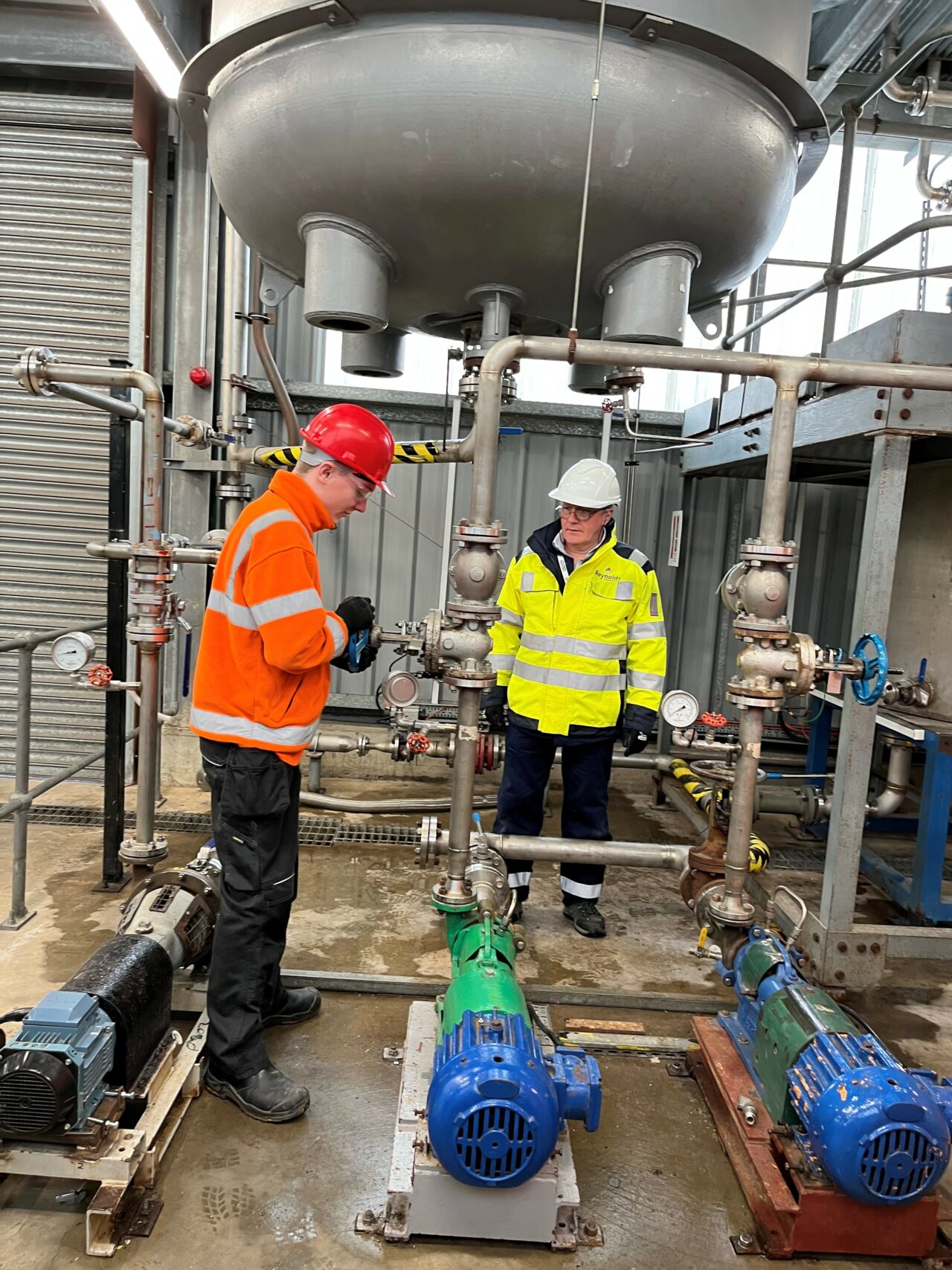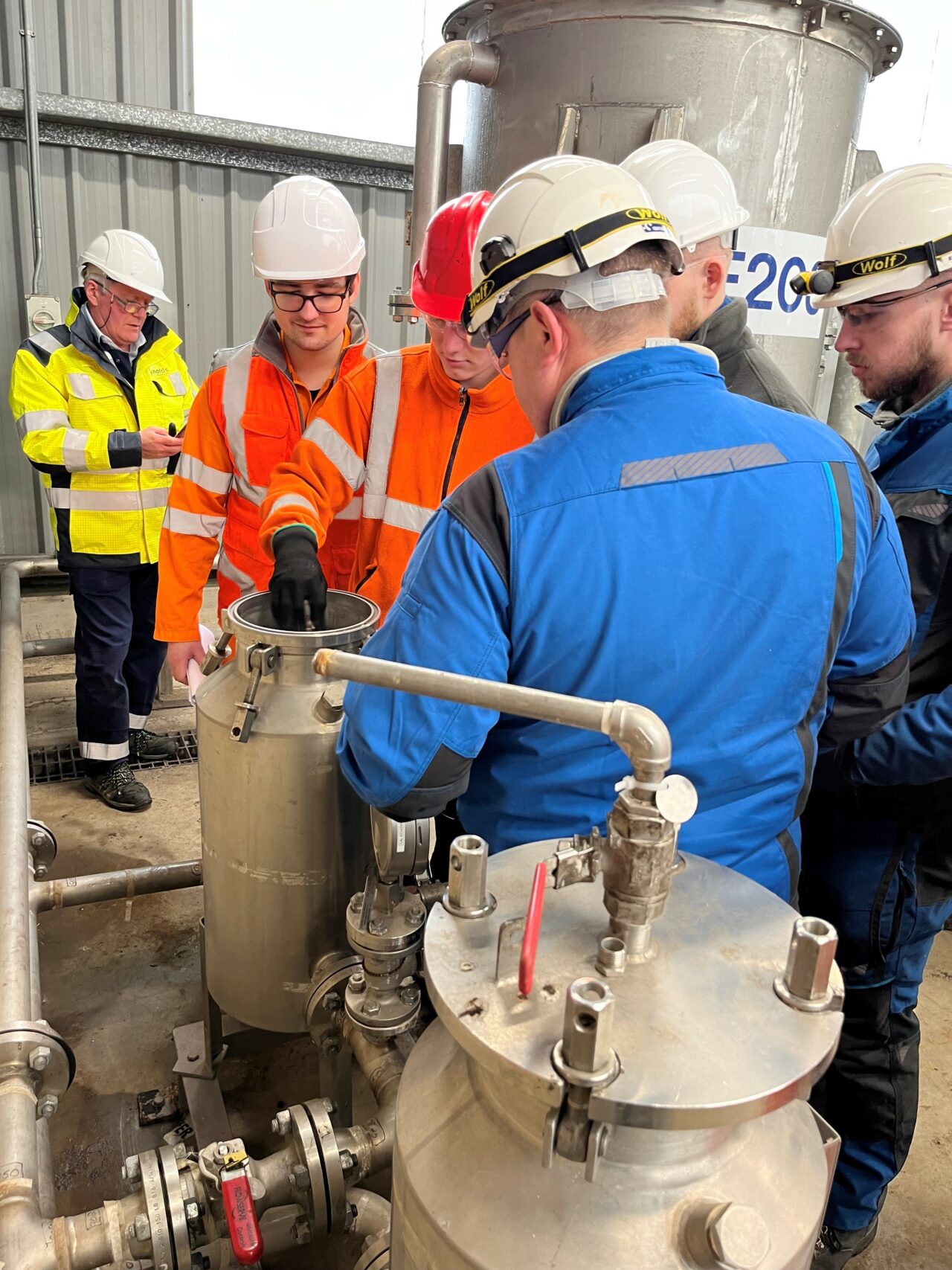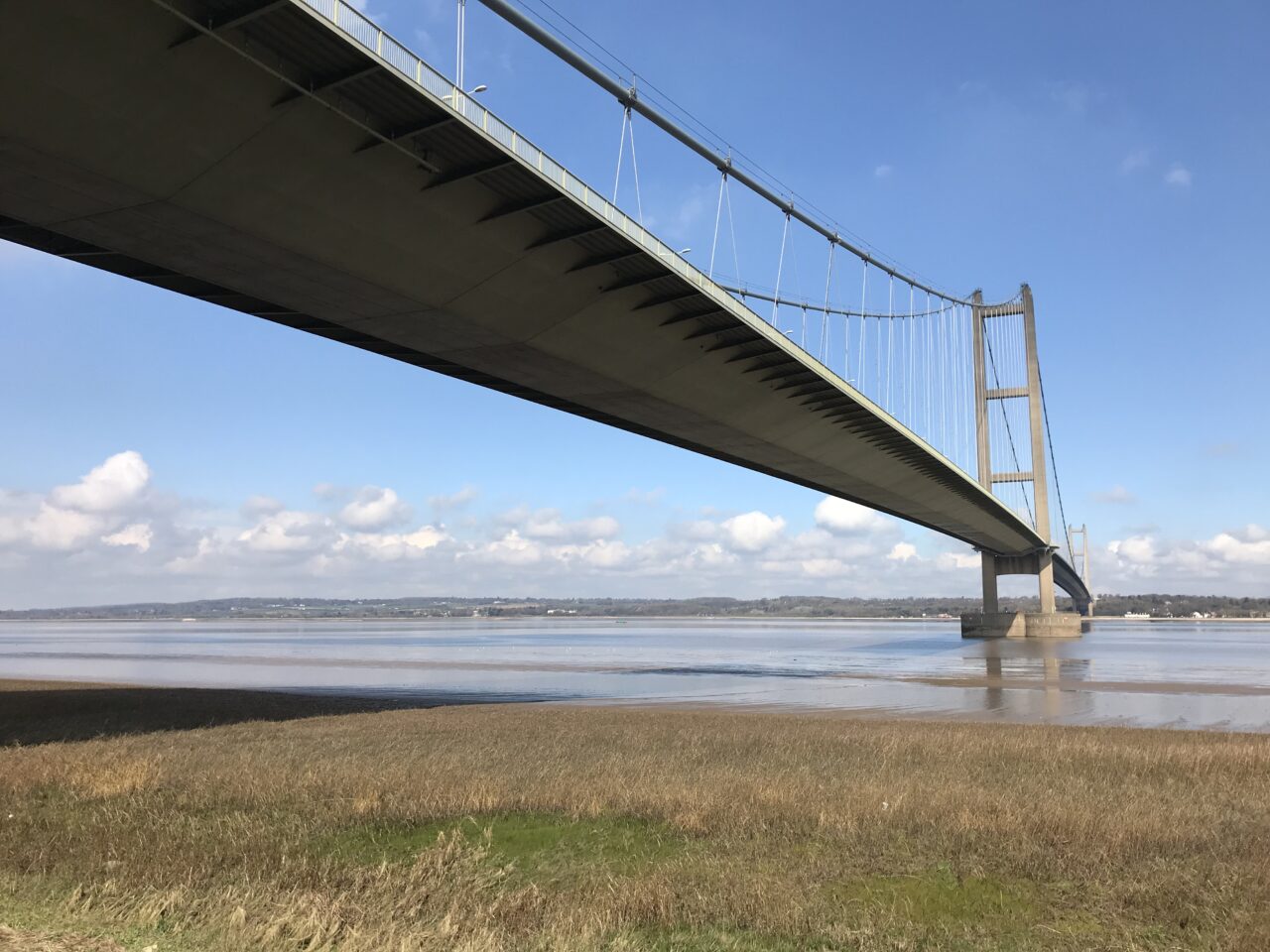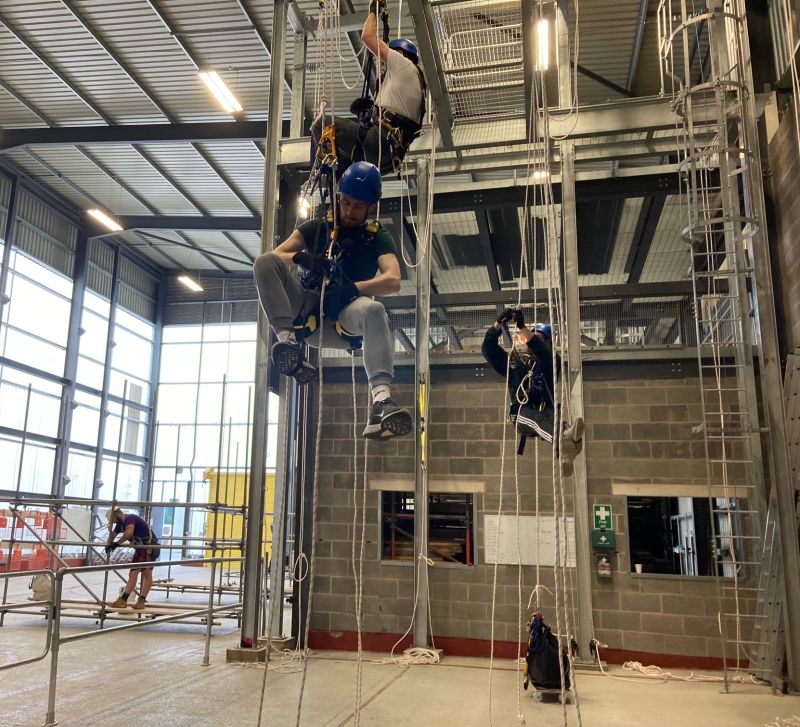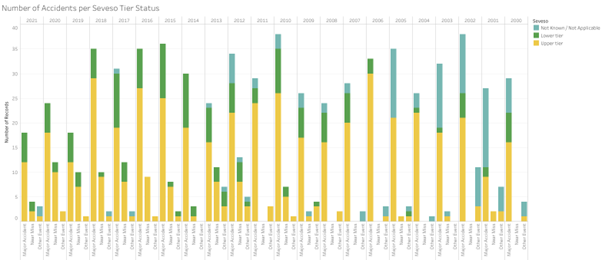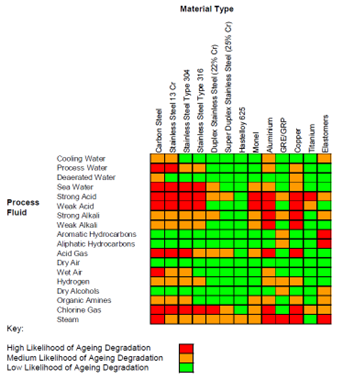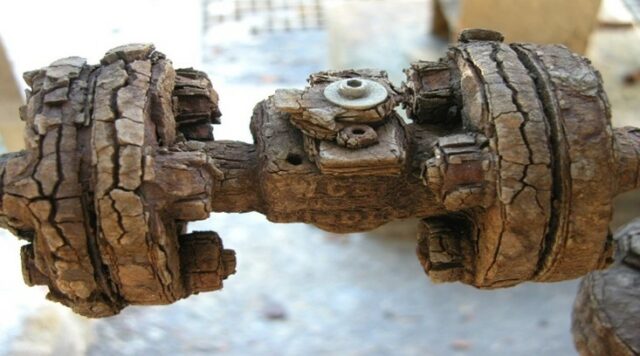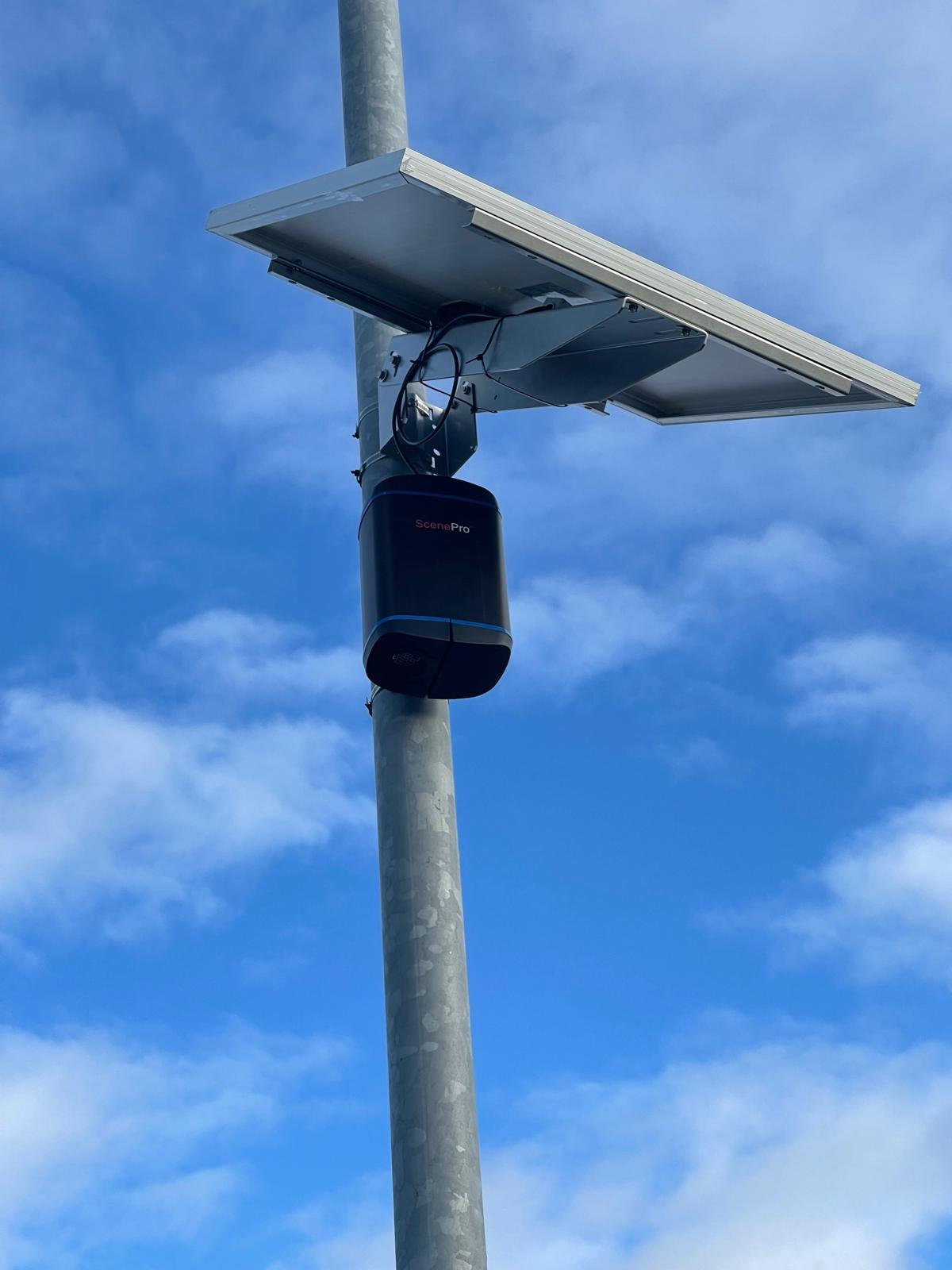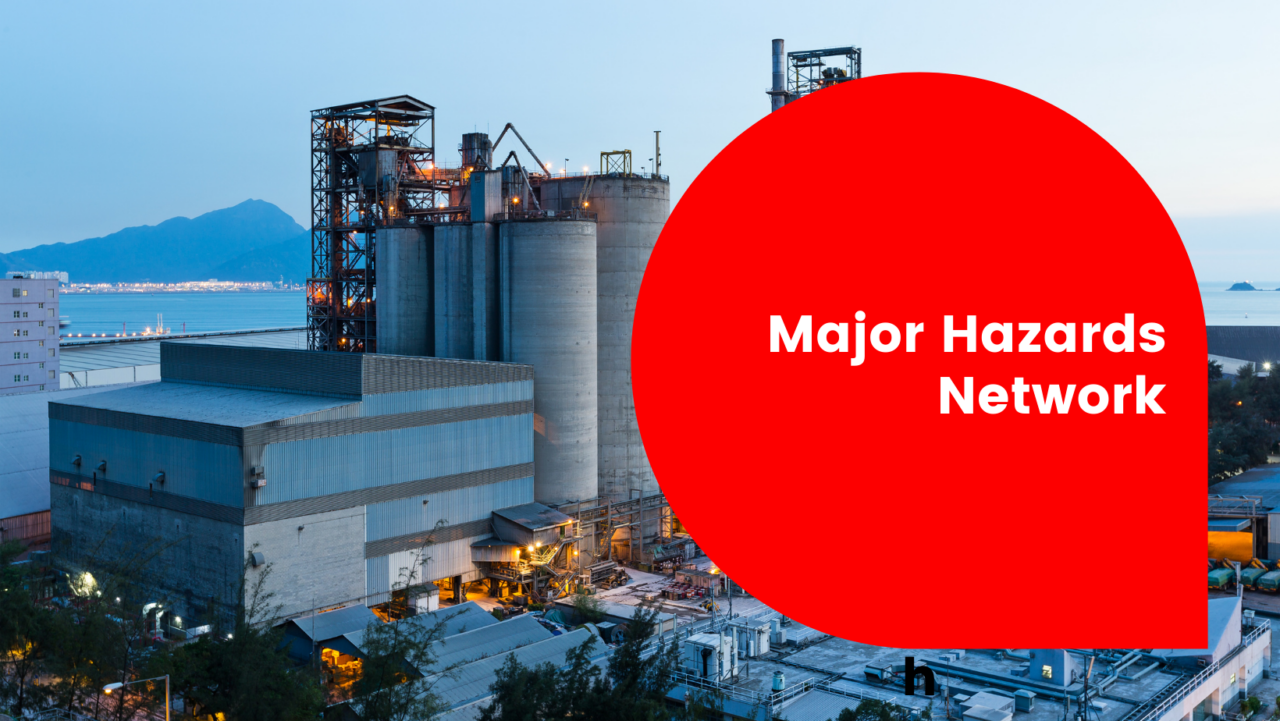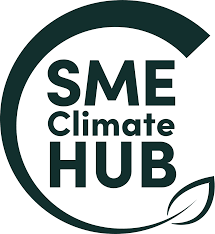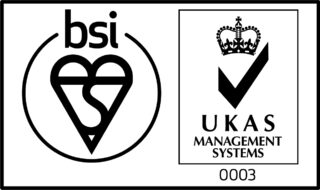CATCH Industrial decarbonisation network with Uniper
04th October 2023
Guest chair Guy Phillips, Uniper welcomed delegates to the sold-out CATCH Industrial Decarbonisation network and welcomed Dr Danial Sturge, Carbon Policy Manager, Energy Systems Catapult, who presented – Addressing Carbon Leakage an introduction to Carbon Border Adjustment Mechanisms.
Danial provided background to the reports completed in 2020, and their response to the recent Department for Energy Security and Net Zero consultation. He explained the definitions of “international competitiveness impacts” and “carbon leakage”. He showcased the mechanisms used to mitigate carbon leakage and competitiveness impacts – depending on which carbon policy is applied. He covered Carbon Standards, Carbon Pricing and Carbon Subsidies.
Danial discussed the first trial phase of CBAM – Carbon Border Adjustment Mechanism – and the following equation – Imported Emissions x (effective UK carbon price – Effective incurred carbon price) = CBAM liability.
He discussed the timings and the phasing of the carbon policies – as industry needs certainty to make investment decisions. But made the point that the application of carbon leakage policy measures will vary between industrial sectors.
Next Guy introduced his colleague Damian Shevloff, Uniper, who discussed the work of their Commercial asset solutions team, and asked the question – Decarbonising our industry: is there is silver bullet?
Damian introduced Uniper and explained that their target is to become carbon neutral by 2040. He explained their 22.5GW energy sources and generation and how they are split between Hydrogen wind and solar, coal fired, gas fired, nuclear and gas sourcing.
Next, Damian discussed their new strategy, introduced over the summer – Flexible, balanced, bespoke – providing what they energy system needs, with a £8b investment. This investment will be used for Green and Flexible power and Greener Gases – including the security of supply. Uniper is active in a number of clusters, and he highlighted the Killinghome asset in the heart of the Humber Industrial Cluster.
He then provided case studies of Uniper Energy Transformation Hubs – LNG Terminal, Ammonia Import Terminal and Electrolysis – turning Wilhelmshaven into a major German green energy hub. And Green Massvlakte Energy Hub in Rotterdam port.
Damian discussed their commercial asset solutions – focusing on decarbonising their industrial customers with a sustainable energy solution. Security of supply of steam, heat and electricity, decarbonised solution and cost effective and optimal integration with onsite processes. He discussed the process of their partnership approach – providing industrial customers with “a one stop shop”.
After a short team break, Guy gave an update on Uniper’s Humber Hydrogen Hub. He explained how Uniper is active in all parts of the Hydrogen Value chain, from energy supply to the end users.
He then discussed Uniper focusing on developing large scale H2 projects – around the world. Next, focusing on the UKs hydrogen development projects, he talked about North Wales: Connahs Quay, Humber: Killingholme and East Midlands: Ratclife. They chose these three sites because of strengths including available land, access to utilities and proximity to co2 transport and storage development.
Guy then showcased The Humber H2ub. Project is developed to pre feed stage, in partnership with Shell. The project enables 720 MW gas reforming CCS enabled hydrogen production capacity. Uniper awarded three contracts to Air Liquide, T.EN and Shell for gas reforming technologies. Once the evaluation is complete, Uniper will be able to select the best available technologies. Alongside that, they are working on the planning consent process.
After a series of questions, Guy handed over to David Talbot, CEO at CATCH to discuss the Humber Skills Plan – National Net Zero Training Centre.
David said that he has been speaking about the potential skills gap since the late 80’. He mentioned that we speak about the exciting net zero projects, none of these will happen unless we invest in the next generation and current workforce. And that’s what CATCH 2.0 is about.
David said that this project is not just a CATCH project, but an industry led project. That partners have already invested time and money to complete initial feed studies for the expansion, but also committed to expanding the CATCH facilities now, so that change can happen fast.
The industry led solution is to deliver at scale, and increase new entrants to the industry by a factor of 10, to a 1000 new entrants to industry per year by 2029, providing long term sustainable employment and career pathways through the energy transition. The industry needs engineering construction trades people – mechanical fitters, welders, pipe fitters, scaffolders, platers, electrical and instrumental technicians, process operators, painters and grit blasters.
David discussed with lead industry partner, Mark Riley, Philips 66, what the engineering technician of the future will look like and what is required to get there, such as utilising technologies and AI but also looking at engagement opportunities, including schools partnerships and bus routes and accommodation. Many stakeholders will be required to come together, that is why CATCH are building a consortium for success.
Next Guy introduced Melanie Boyeson from Children Challenging Industry, who explained how companies can make a difference and inspire children to consider STEM based careers. Melanie explained that their work not only aligns with industry but with the science curriculum. CCI have a waiting list year on year, schools are keen for businesses to provide links to stem careers.
Guy thanked the audience and speakers and closed the meeting with a networking lunch. Save the date for the next CATCH Hydrogen Network – 16th November.
